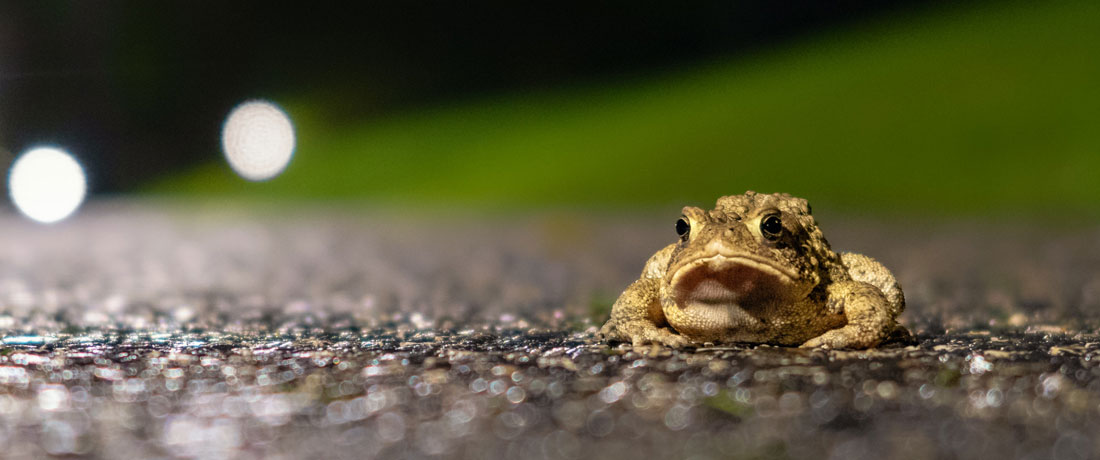The Impact of Light Pollution on Nocturnal Animals
Light pollution, the excessive or misdirected artificial light that disrupts natural darkness, has become a significant environmental concern. Its effects extend far beyond aesthetic considerations, profoundly impacting nocturnal animals that rely on darkness for their natural behaviors.
This article delves into the various ways light pollution affects these creatures, exploring the ecological, physiological, and behavioral consequences.
Disruption of Natural Behaviors

Altered Foraging Patterns
Nocturnal animals, such as bats, owls, and many insects, have evolved to hunt and forage in darkness. Light pollution disrupts these activities by altering their prey's behavior or making the predators more visible to potential threats.
For instance, insects attracted to artificial lights often become easy targets, which can lead to a decline in insect populations and consequently affect the animals that feed on them. Similarly, some nocturnal predators may avoid artificially lit areas, leading to changes in their hunting success and overall health.
Impaired Reproductive Behaviors
Artificial lighting can interfere with the reproductive behaviors of nocturnal animals. Many species rely on specific lighting conditions to cue mating rituals or attract mates. For example, fireflies use bioluminescence to communicate during mating.
Excessive ambient light can diminish their signals, reducing mating success and ultimately leading to population declines.
Additionally, sea turtles, which are nocturnal nesters, often rely on the natural glow of the horizon to find the sea. Artificial lights can disorient hatchlings, leading them away from the water and increasing mortality rates.
Physiological Effects

Disrupted Circadian Rhythms
The circadian rhythm, a natural internal process that regulates the sleep-wake cycle, is crucial for the health and functioning of all animals, including nocturnal species.
Light pollution can disrupt these rhythms by interfering with the production of melatonin, a hormone that signals nighttime and is essential for regulating sleep patterns.
This disruption can lead to altered sleep cycles, reduced immune function, and increased vulnerability to diseases. In nocturnal animals, these effects are particularly pronounced as their biology is finely tuned to nighttime activities.
Impact on Hormonal Cycles
Beyond melatonin, artificial light can affect other hormonal cycles critical to nocturnal animals. For instance, hormones involved in reproduction, stress response, and growth can be influenced by changes in the light environment.
Studies have shown that exposure to artificial light can lead to increased levels of cortisol, a stress hormone, which can impact reproductive success and overall health.
The alteration in hormonal cycles can have cascading effects, influencing behavior, reproduction, and survival rates in these animals.
Ecological Consequences
Ecosystem Imbalance
Nocturnal animals play vital roles in ecosystems, from pollination and seed dispersal to pest control.
The decline or behavioral alteration of these species due to light pollution can have far-reaching ecological consequences. For example, bats are important pollinators and insect predators.
A decrease in their population can lead to increased insect populations, affecting crop yields and spreading diseases. Similarly, changes in predator-prey dynamics can alter the balance of local ecosystems, leading to unexpected and sometimes detrimental outcomes.
Disruption of Food Webs
The impact of light pollution extends through the food web, affecting not only nocturnal animals but also the species that depend on them. For example, a decrease in insect populations due to attraction to artificial lights can impact birds and other animals that rely on these insects for food.
Furthermore, the changes in nocturnal predator-prey interactions can affect the availability of prey for diurnal animals, creating a ripple effect throughout the ecosystem. This disruption can lead to a loss of biodiversity and the destabilization of ecological networks.
Mitigation Strategies and Future Directions
Implementing Wildlife-Friendly Lighting
One of the most effective ways to mitigate the impact of light pollution on nocturnal animals is to adopt wildlife-friendly lighting practices.
This includes using lights that minimize blue wavelengths, which are more disruptive to animal behavior, and employing shields and dimmers to reduce light spillage into natural habitats.
Additionally, utilizing motion sensors and timers can ensure that lights are only on when necessary, further reducing their impact. These measures can significantly reduce the exposure of nocturnal animals to harmful artificial light.
Promoting Awareness and Policy Changes
Raising awareness about the impact of light pollution on nocturnal animals is crucial for fostering public support for mitigation efforts.
Educating communities about the importance of natural darkness for wildlife can encourage individuals and businesses to adopt responsible lighting practices.
Moreover, policymakers play a vital role in regulating light pollution through zoning laws and environmental regulations. Implementing policies that limit the use of outdoor lighting, especially in ecologically sensitive areas, can protect nocturnal wildlife and preserve natural habitats.
Research and Monitoring
Ongoing research is essential to understanding the full extent of light pollution's impact on nocturnal animals and developing effective mitigation strategies. Long-term monitoring of affected species can provide valuable data on population trends, behavioral changes, and health outcomes.
Collaboration between scientists, conservationists, and policymakers can facilitate the development of targeted interventions and the evaluation of their effectiveness. Such research efforts are crucial for adapting conservation strategies to emerging challenges and ensuring the sustainability of nocturnal ecosystems.
Conclusion
The impact of light pollution on nocturnal animals is a growing concern with significant ecological and conservation implications. By disrupting natural behaviors, altering physiological processes, and affecting entire ecosystems, artificial light poses a serious threat to the health and survival of many nocturnal species. Addressing this issue requires a multifaceted approach, including the implementation of wildlife-friendly lighting, increased public awareness, supportive policies, and continued research. By taking these steps, we can help mitigate the adverse effects of light pollution and protect the diverse and vital roles that nocturnal animals play in our ecosystems.
Sources
- National Geographic: How Light Pollution Is Affecting Animals
- Nature: Disruption of Circadian Rhythms in Wildlife
- Frontiers in Ecology and the Environment: Ecological Impacts of Artificial Light
- Journal of Experimental Zoology: Hormonal Effects of Light Pollution
- Global Ecology and Conservation: Mitigation Strategies for Light Pollution









































![[ℕ𝕖𝕧𝕖𝕣] 𝕊𝕖𝕝𝕝 𝕐𝕠𝕦𝕣 𝔹𝕚𝕥𝕔𝕠𝕚𝕟 - And Now What.... Pray To The God Of Hopium?](https://cdn.bulbapp.io/frontend/images/79e7827b-c644-4853-b048-a9601a8a8da7/1)


















